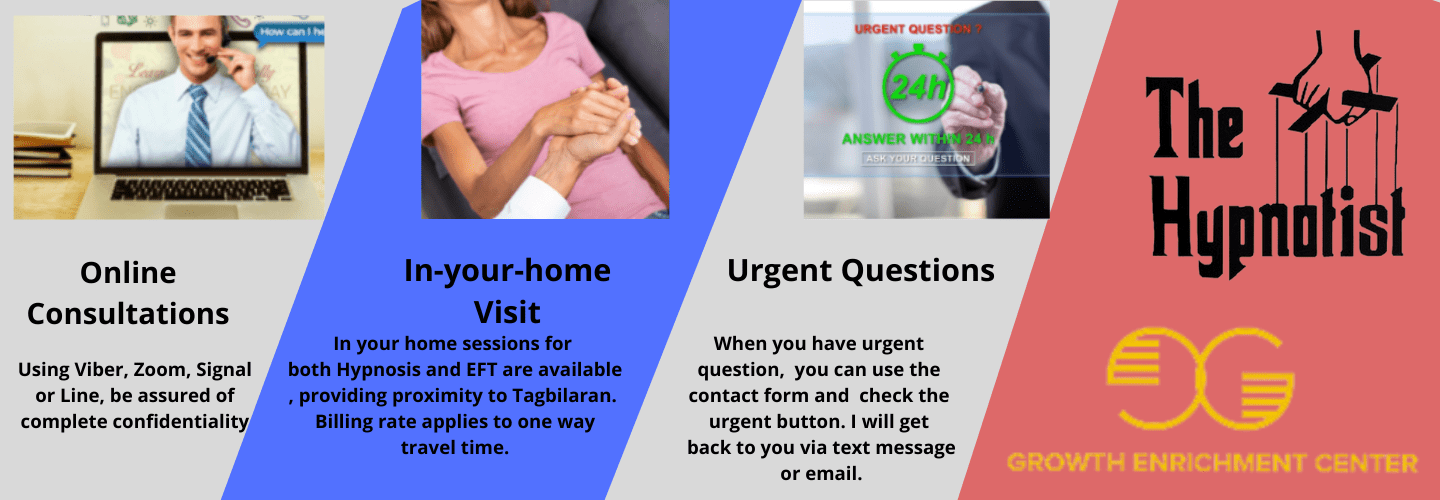
To effectively harness the transformative power of hypnosis, you'll need to master key rules centered around mental focus and imagery. Control your mental images to direct your subconscious toward specific goals, reinforcing these with your creative mind to deepen their impact. Balance your will and deep-seated conviction to minimize internal conflicts, using vivid, detailed visualizations to enhance the realization of your desires. Mastering these techniques opens the door to profound therapeutic changes, inviting further exploration into their benefits.
Key Takeaways
- Master control of mental imagery to channel cognitive resources and enhance mental clarity.
- Use creative visualization to deepen the impact of mental images and emotional resonance.
- Align will and conviction to strengthen belief in goals and reduce internal conflict.
- Employ vivid imagery in visualizations to activate brain areas linked to sensory experiences.
- Practice systematic visualization techniques to override counterproductive thoughts and direct the subconscious.
The Fundamental Principles of Hypnosis
Understanding the fundamental principles of hypnosis is essential as these principles govern how effectively you can harness the power of your own mind.
At the core of hypnosis techniques, mental focus plays a pivotal role. By sharpening your mental focus, you're able to channel your cognitive resources more efficiently, enhancing the receptivity of your subconscious mind.
This selective attention facilitates the deeper absorption of therapeutic suggestions, optimizing the impact of the hypnosis session. It's not just about relaxation; it's about deliberately guiding your focus to achieve specific psychological and physiological responses.
Mastering this control is foundational to successful hypnosis outcomes.
Mastering Rule One: Control of Mental Imagery
Why is controlling your mental imagery so essential in hypnosis? Mastering this rule enhances your mental clarity, allowing for precise visualization.
When you practice imagery techniques, such as visualizing a specific clock, your mind learns to focus and reject distracting thoughts. This control is vital; it directs your subconscious towards desired goals effectively.
Studies have shown that vivid imagery can influence physical states and emotional responses, demonstrating the significant impact of well-crafted mental images.
The Power of Our Creative Minds in Hypnosis

As you explore the domain of hypnosis, recognizing the role of your creative mind becomes essential. Creative visualization not only shapes your mental imagery but also strengthens your emotional resonance with desired outcomes. This connection is pivotal in transforming these visualizations into reality.
| Aspect | Impact on Hypnosis |
|---|---|
| Creative Visualization | Enhances depth and clarity of mental images |
| Emotional Resonance | Strengthens personal connection to outcomes |
| Combined Effect | Facilitates the actualization of visualized goals |
Harness these tools effectively, and you'll reveal profound therapeutic benefits, transforming mere images into tangible experiences.
Understanding Rule Two: Will Versus Conviction
Maneuvering the terrain of hypnosis, it's essential to grasp the dynamic between will and conviction. Here's what you need to know:
- Will Power versus Conviction Strength: Will power directs your actions towards future goals, but conviction holds the deeper belief that these goals are achievable.
- The Dominance of Conviction: When there's conflict, conviction strength typically overpowers mere will. It's the bedrock of your hypnotic responsiveness.
- Harmonizing Will and Conviction: Aligning your will with your conviction enhances therapeutic outcomes, reducing internal conflict and fostering a more receptive hypnosis state.
Understanding this balance is fundamental for effective hypnotic practice.
Implementing Rule Three: The Role of Vivid Imagery in Success

After understanding how conviction can greatly influence outcomes in hypnosis, it becomes clear that the vividness of your mental imagery plays a pivotal role in achieving your goals.
Employing vivid visualization techniques enhances the clarity and strength of your mental representations. This focused approach helps in systematically overriding any counterproductive thoughts that may emerge.
Research underscores that detailed visualizations activate the same brain areas as actual sensory experiences. Therefore, the more vivid your imagery, the more effectively your brain aligns towards achieving the visualized outcome.
Cultivate this skill to direct your subconscious mind towards desired manifestations, optimizing your hypnotherapy results.
Frequently Asked Questions
How Can Beginners Practice Hypnosis Safely at Home?
To practice hypnosis safely at home, you should start with basic self-hypnosis techniques. Use guided sessions from credible sources to guarantee precision and safety. Focus on visualizing positive outcomes and maintaining a calm mindset.
What Are Common Misconceptions About Hypnosis Among the Public?
You might think hypnosis is just stage tricks, but it's much more. Common myths overlook its therapeutic benefits, confusing entertainment with evidence-based practices that involve deep mental imagery and focused visualization techniques.
How Does Hypnosis Differ From Meditation or Mindfulness?
Hypnosis involves specific techniques aiming to alter your subconscious, unlike meditation or mindfulness, which enhance awareness and presence without directly influencing subconscious patterns. Both offer benefits, but hypnosis targets deeper psychological changes.
Can Hypnosis Help in Overcoming Deep-Seated Phobias?
Yes, hypnosis can help you conquer deep-seated phobias. By using specific hypnosis techniques that focus on mental imagery and conviction, you'll effectively reframe and diminish phobia triggers, offering a promising path for treatment.
What Are the Ethical Considerations in Practicing Hypnosis?
You must guarantee informed consent and uphold practitioner responsibility. Ethical practice requires transparency about risks and benefits, respecting client autonomy, and maintaining confidentiality to foster trust and promote the therapeutic effectiveness of hypnosis.
Conclusion
Now that you've grasped the essential rules of hypnosis, imagine you're sculpting your mind like clay. Each rule is a tool shaping your mental imagery, aligning your will with your convictions, and polishing your visualizations to brilliance. Just as Michelangelo saw David within the marble, your ideal self exists within you, ready to be revealed through disciplined practice and vivid imagination. Embrace these techniques, and watch as your dreams transform into your reality, with every thought a masterpiece.





